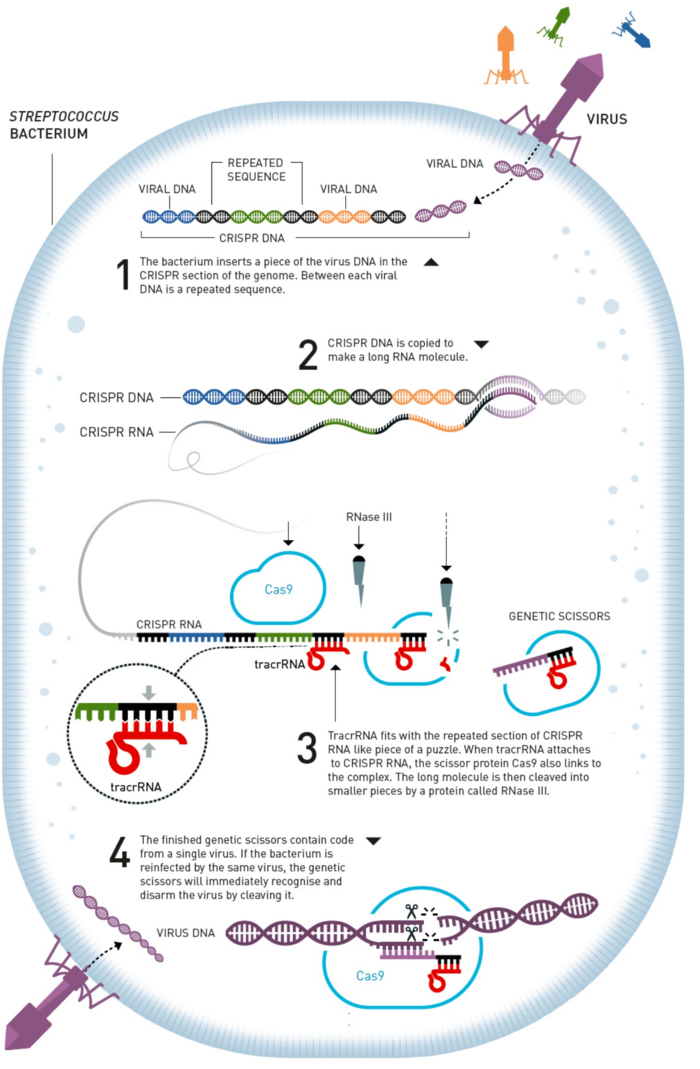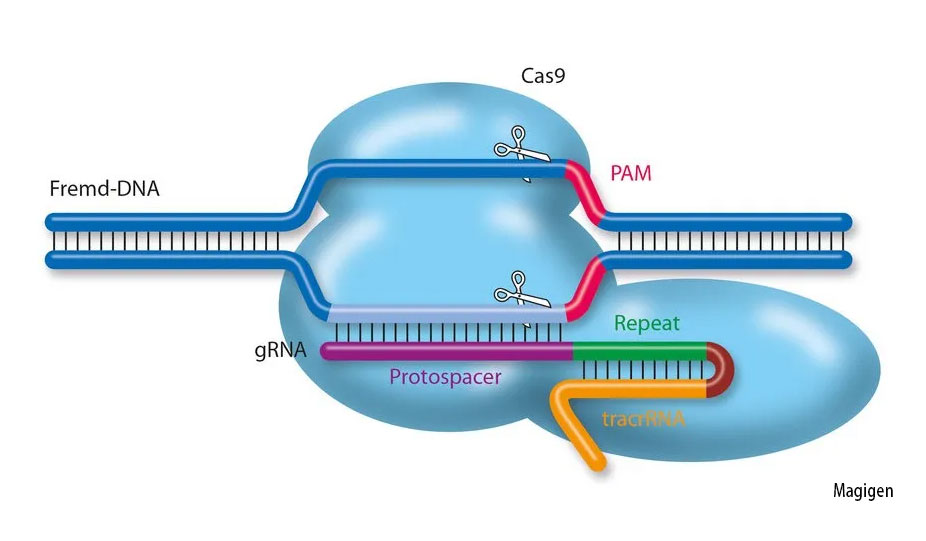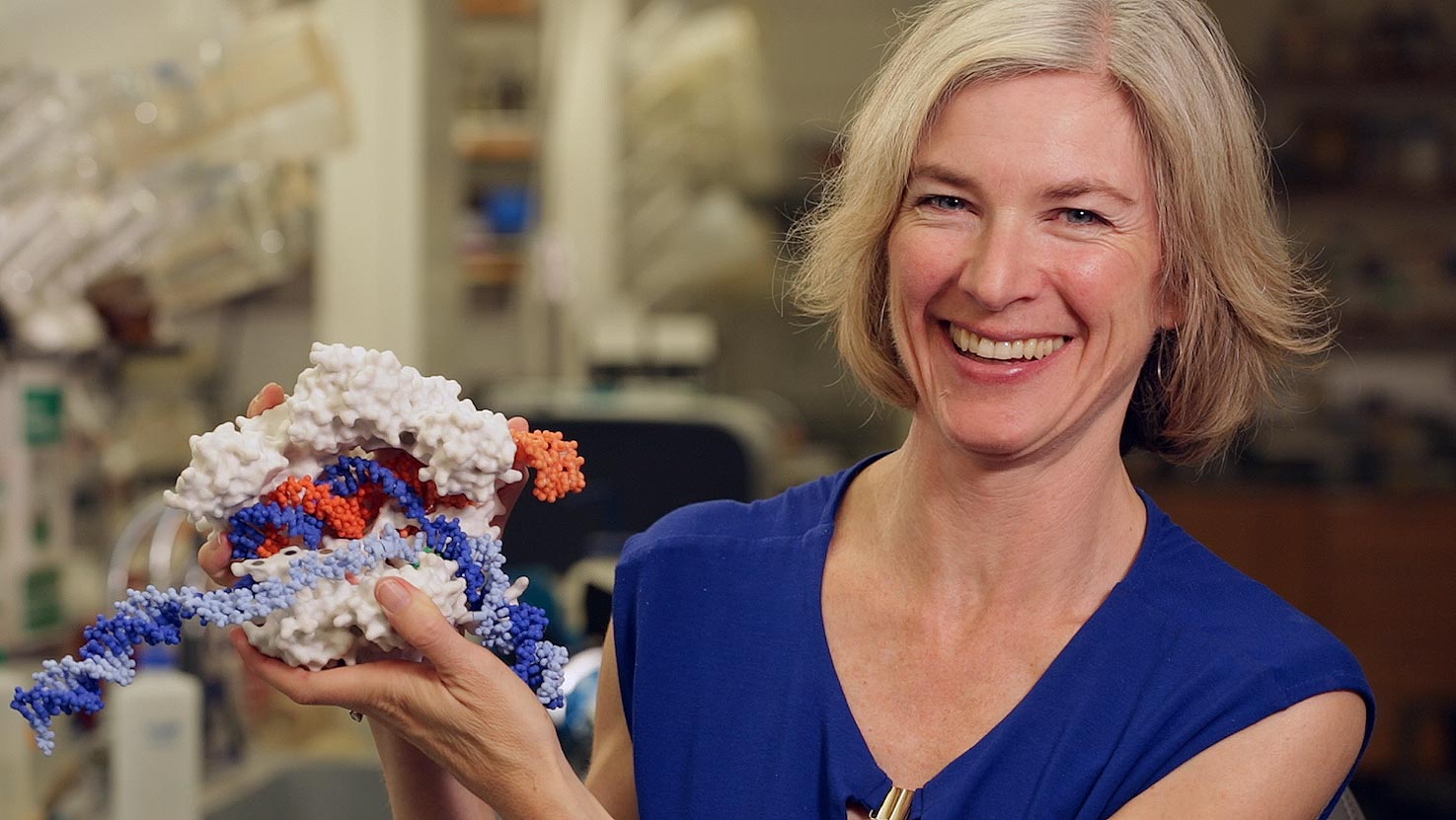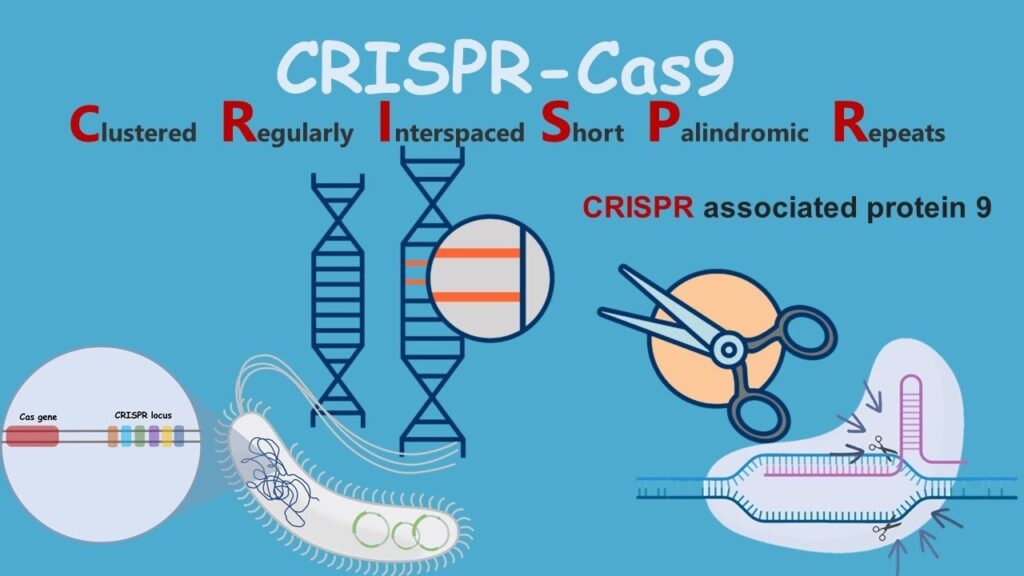
News Breaking The 2020 Nobel Prize in Chemistry goes to Emmanuelle Charpentier and Jennifer
The field of CRISPR-Cas biology and engineering continues to grow at a rapid pace, with exciting new developments emerging almost weekly. For her and her team's contribution to the discovery of CRISPR-Cas9, Emmanuelle has received numerous honors, decorations, prizes, awards and honorary doctorates in Europe, Asia and North America.

CRISPR/Cas9 Emmanuelle Charpentier and Jennifer Doudna Awarded Nobel Prize in Chemistry
Emmanuelle Charpentier and Jennifer Doudna are awarded the Nobel Prize in Chemistry 2020 for discovering one of gene technology's sharpest tools: the CRISPR/Cas9 genetic scissors. Researchers can use these to change the DNA of animals, plants and microorganisms with extremely high precision.

Le Prix Nobel d'Emmanuelle Charpentier CRISPR/CAS9 YouTube
Emmanuelle Charpentier: a key inventor of the gene-editing technology CRISPR-Cas9. Credit: Peter Steffen/DPA/PA Emmanuelle Charpentier's office is bare, save for her computer.

El sistema CRISPR/Cas9
The Nobel Prize in Chemistry was jointly awarded on Wednesday to Emmanuelle Charpentier and Jennifer A. Doudna for their 2012 work on Crispr-Cas9, a method to edit DNA. The announcement.

史上最全!CRISPR/Cas9基因编辑方法总结(一) 美格生物,领先的IVD分子检测技术提供商!
Emmanuelle Charpentier (born December 11, 1968, Juvisy-sur-Orge, France) French scientist who discovered, with American biochemist Jennifer Doudna, a molecular tool known as clustered regularly interspaced short palindromic repeats (CRISPR)-Cas9.

CRISPRCas9 nedir? Nasıl çalışır? Üsküdar Üniversitesi
CRISPR-Cas9 wins Nobel Paulina Strzyz Nature Reviews Molecular Cell Biology 21 , 714 ( 2020) Cite this article 3006 Accesses 15 Citations 5 Altmetric Metrics The ability to precisely edit.

Emmanuelle Charpentier on CRISPR/Cas9 YouTube
Emmanuelle Charpentier and Jennifer Doudna are awarded the Nobel Prize in Chemistry 2020 for discovering one of gene technology's sharpest tools: the CRISPR/Cas9 genetic scissors. Researchers can use these to change the DNA of animals, plants and microorganisms with extremely high precision. This technology has revolutionised the molecular.

CRISPR/Cas9 edición de adn y tratamiento de enfermedades Blog Mendelics
For the first time in history a Nobel prize was awarded to two women, Emmanuelle Charpentier and Jennifer Doudna, who made key discoveries in the field of DNA manipulation with the CRISPR-Cas9 system, so-called "genetic scissors".. Currently, CRISPR-Cas9 and related technologies have been successfully used to cure life-threatening.

Jennifer Doudna and Emmanuelle Charpentier Behind the Development of CRISPR Genome Editing
The CRISPR-associated protein Cas9 is an endonuclease that uses a guide sequence within an RNA duplex, tracrRNA:crRNA, to form base pairs with DNA target sequences, enabling Cas9 to introduce a site-specific double-strand break in the DNA.

CRISPR / Cas9 A Manifold Tool For Genome Editing
In a landmark 2012 paper in Science 1, the duo isolated the components of the CRISPR-Cas9 system, adapted them to function in the test tube and showed that the system could be programmed to cut.

Nobel de Química 2020 Emmanuelle Charpentier y Jennifer Doudna por el método CRISPR / Cas 9
Cas 9 is a special protein that cuts double-stranded DNA. When the bacterium cuts the viral DNA, the virus is inactivated and can no longer affect the bacterium. Doudna, Charpentier, and their colleagues uncovered those mechanisms in their experiments.

Nanoclews para la entrega eficiente del CRISPRCas9 para la edición del genoma
CRISPR is cheaper, faster, and easier to use than previous gene-editing tools. Academic labs quickly adopted the technique. Today, scientists can order Cas9 and custom guide RNAs at the click of a button. CRISPR opened up gene editing to the masses.

Nobel Prizes 2020 CRISPRCas9, Emmanuelle Charpentier and Jennifer Doudna by Oxford Academic
Emmanuelle's seminal research unveiled the key mechanisms of the CRISPR-Cas9 technology, laying the foundation for the use of CRISPR-Cas9 as a versatile and precise gene-editing tool. In 2020, Emmanuelle was awarded the Nobel Prize in Chemistry for this scientific breakthrough.

CRISPRCas9 Gene editing tool Introduction, Principles, Uses & Applications
Emmanuelle Charpentier and Jennifer Doudna have been awarded the 2020 Nobel Prize in Chemistry for their development of CRISPR/Cas9 genetic editing. A researcher injects cells with CRISPR/Cas9 molecules in a genome editing experiment at the Max Delbrück Center for Molecular Medicine in Germany. A humbling lesson of science is that, even when.

CRISPRcas9 Emmanuelle Charpentier YouTube
Emmanuelle Charpentier and Jennifer A. Doudna have discovered one of gene technology's sharpest tools: the CRISPR/Cas9 genetic scissors. Using these, researchers can change the DNA of animals, plants and microorganisms with extremely high precision.

CRISPR/Cas9 Emmanuelle Charpentier and Jennifer Doudna Awarded Nobel Prize in Chemistry
This year's Nobel Prize in Chemistry was awarded for the discovery of the CRISPR/Cas9 gene editing system, which has—for the first time—enabled scientists to make precise changes in the long.